
Nicolas Lefaudeux has been named overall winner of the Insight Investment Astronomy Photographer of the Year 2020, for his image of the Andromeda Galaxy.
The photo, taken in Forges-les-Bains, Ile-de-France, beat thousands of amateur and professional photographers from around the world to win the £10,000 prize.
"To most of us, our closest neighbouring galaxy Andromeda can also feel so distanced and out of reach, yet to create a photograph that gives us the impression that it is just within our physical reach is truly magical, and somewhat appropriate as we adjust after such socially distanced times," said competition judge Ed Robinson.
In order to obtain the tilt-shift effect, the French photographer used a 3D printer to create a device that held the camera at an angle to the telescope.
The blur seen at the edges gives the illusion of closeness, when in reality the galaxy is two million light years away.
Here are other category winners from this year's awards, with descriptions from the competition organisers.
Aurorae category: The Green Lady, by Nicholas Roemmelt from Germany
NICHOLAS ROEMMELT
On a journey to Norway, "the lady in green" unexpectedly appeared for Roemmelt, making the whole sky burn with green, blue and pink colours.
Best Newcomer category: Waves, by Bence Toth from Hungary
BENCE TOTH
This image shows the central region of the California Nebula (NGC 1499).
Our Moon category: Tycho Crater Region with Colours, by Alain Paillou from France
ALAIN PAILLOU
The Tycho crater is one of the most famous craters on the Moon.
This picture reveals the incredible beauty and complexity of our natural satellite.
The blue shows a high titanium oxide concentration and the red shows high iron oxide concentration.
Our Sun category: Liquid Sunshine, by Alexandra Hart from the UK
ALEXANDRA HART
This surface is about 100km thick and the ever-boiling motion of these convection cells circulates, lasting for around 15 to 20 minutes.
They are around 1,000km in size and create a beautiful "crazy paving" structure.
People and Space category: The Prison of Technology, by Rafael Schmall from Hungary
RAFAEL SCHMALL
The star in the centre of the image is the Albireo double star, surrounded by trails of moving satellites.
Planets, Comets and Asteroids category: Space Between Us, by Lukasz Sujka from Poland
LUKASZ SUJKA
This image shows the close alignment of the Moon and Jupiter that happened on 31 October 2019.
Skyscapes category: Painting the Sky, by Thomas Kast from Germany
THOMAS KAST
Kast was searching for clear skies in Finnish Lapland to capture the beauty of a polar night when he encountered these polar stratospheric clouds.
Stars and Nebulae category: Cosmic Inferno, by Peter Ward from Australia
PETER WARD
NGC 3576 is a well-known nebula in southern skies, but it is shown here without any stars.
Software has been used to just show the nebula, which has been mapped into a false colour palette. The scene takes on the look of a celestial fire-maelstrom.
The image is intended to reflect media images taken in Australia during 2019 and 2020.
Young category: The Four Planets and the Moon, by Alice Fock Hang from Réunion, France
ALICE FOCK HANG
Fock Hang photographed a planetary alignment, showing Venus, Mercury, the star Antares, Jupiter and Saturn seen over the Indian Ocean.
Annie Maunder Prize for Image Innovation: Dark River, by Julie F Hill from the UK
JULIE F HILL
Dark River is a sculptural work that maps, or mirrors, the Milky Way celestial entity using one of the largest images ever made of its central areas, showing around 84 million stars.
The image was obtained with the Vista survey telescope at ESO's Paranal Observatory in Chile and contains nearly nine billion pixels.
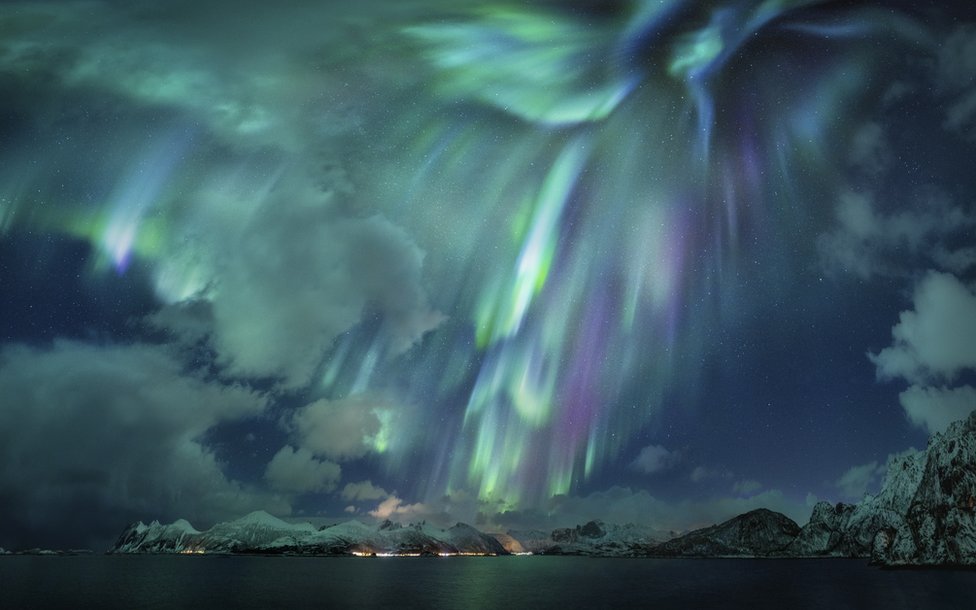

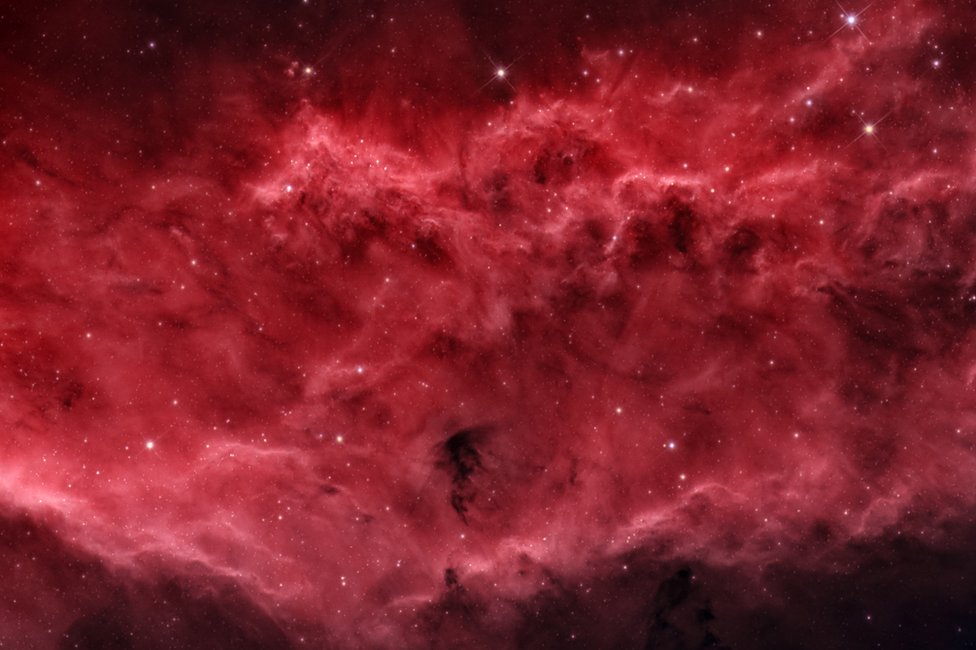
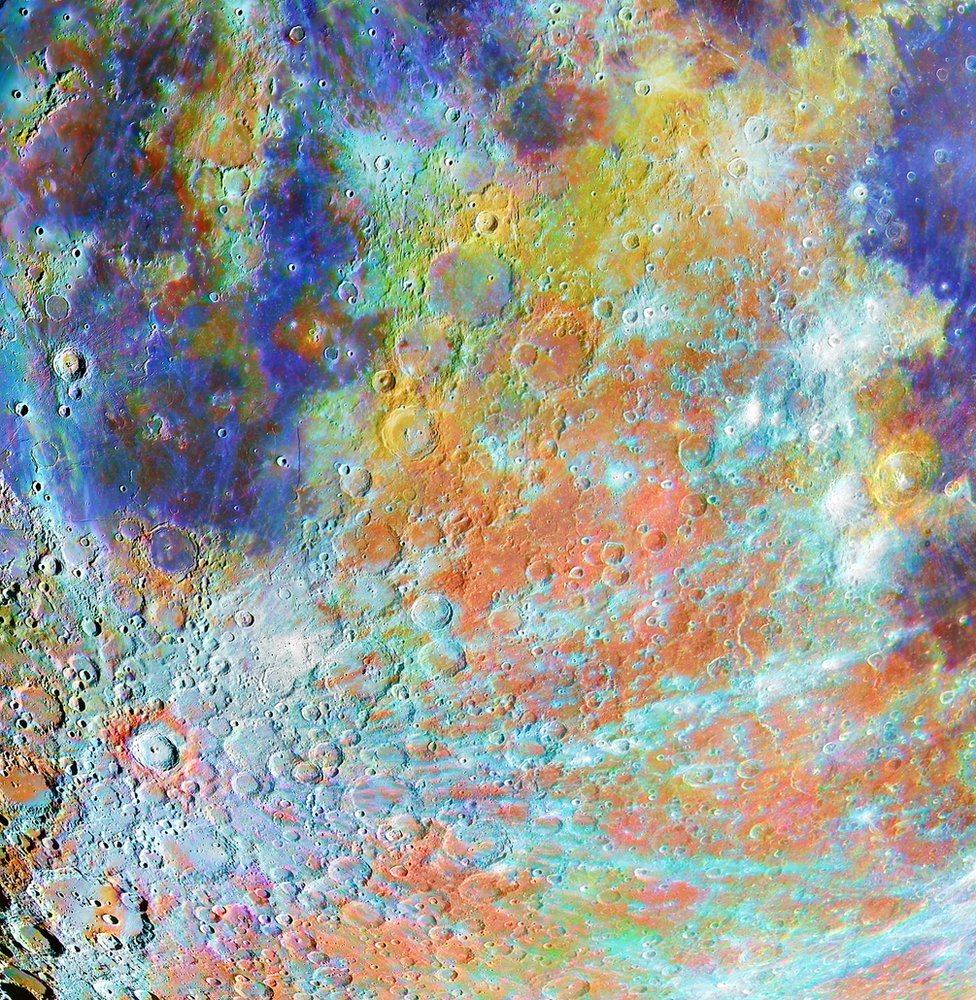
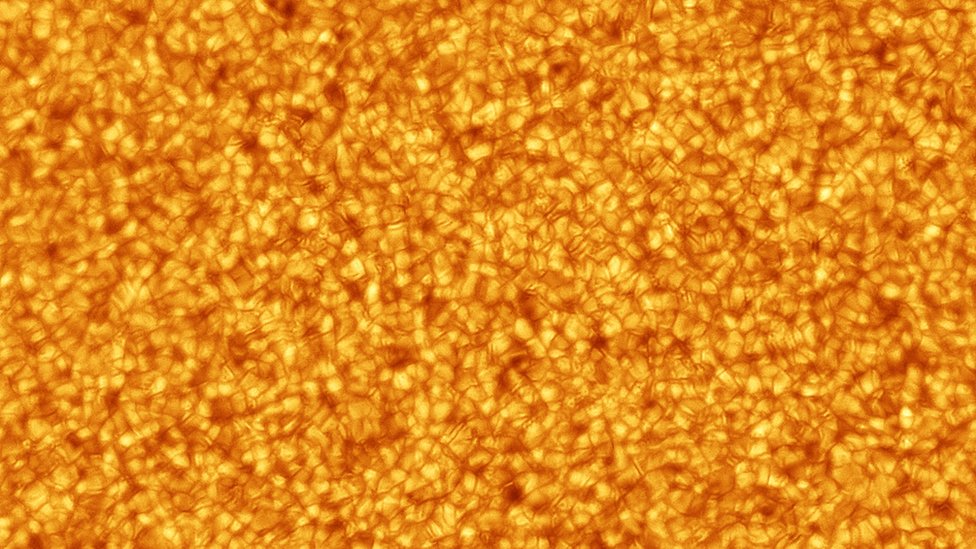
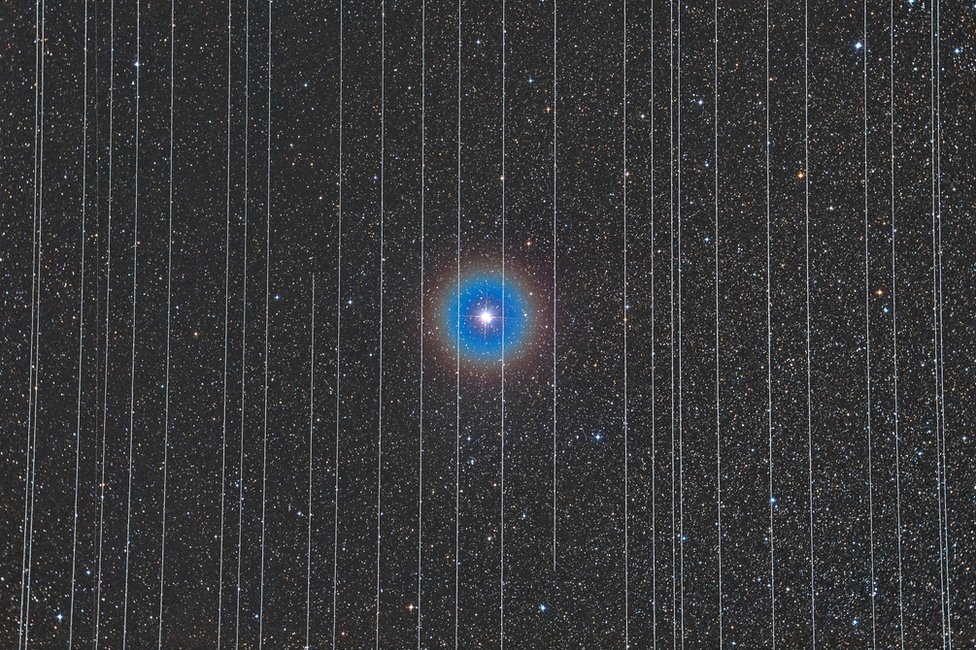
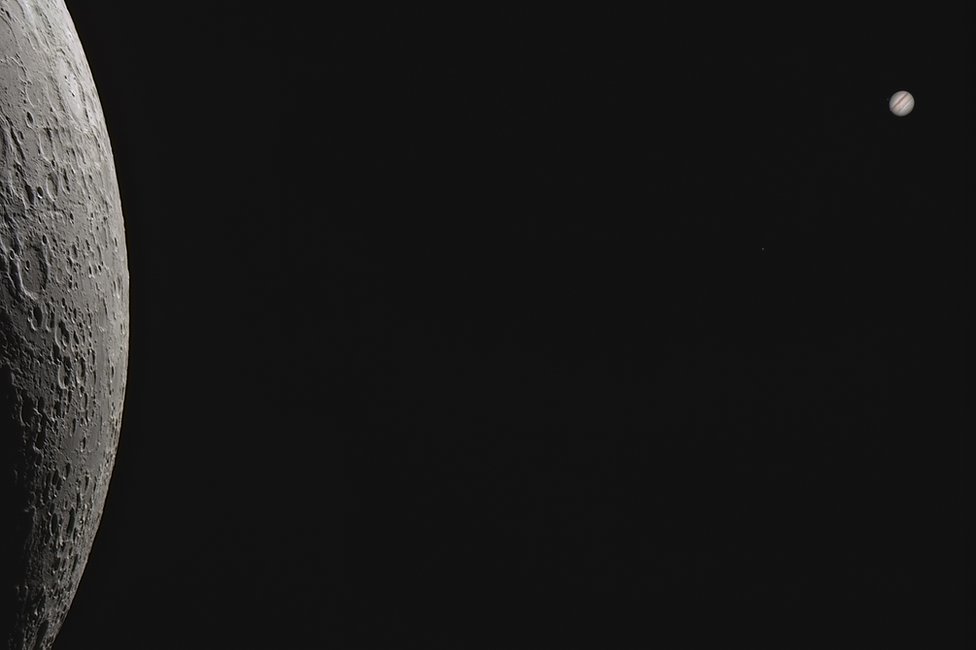
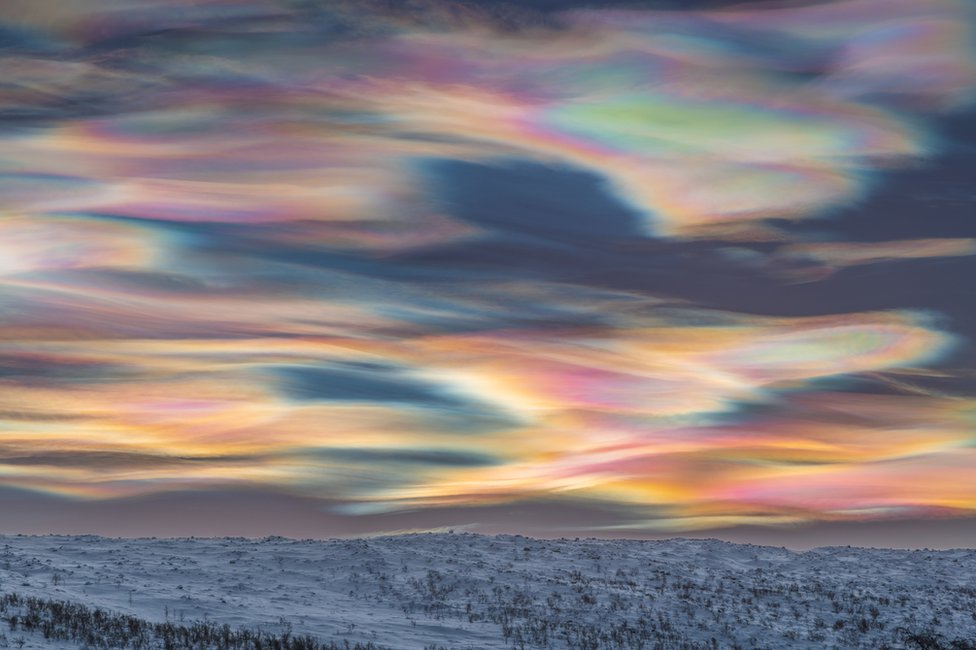
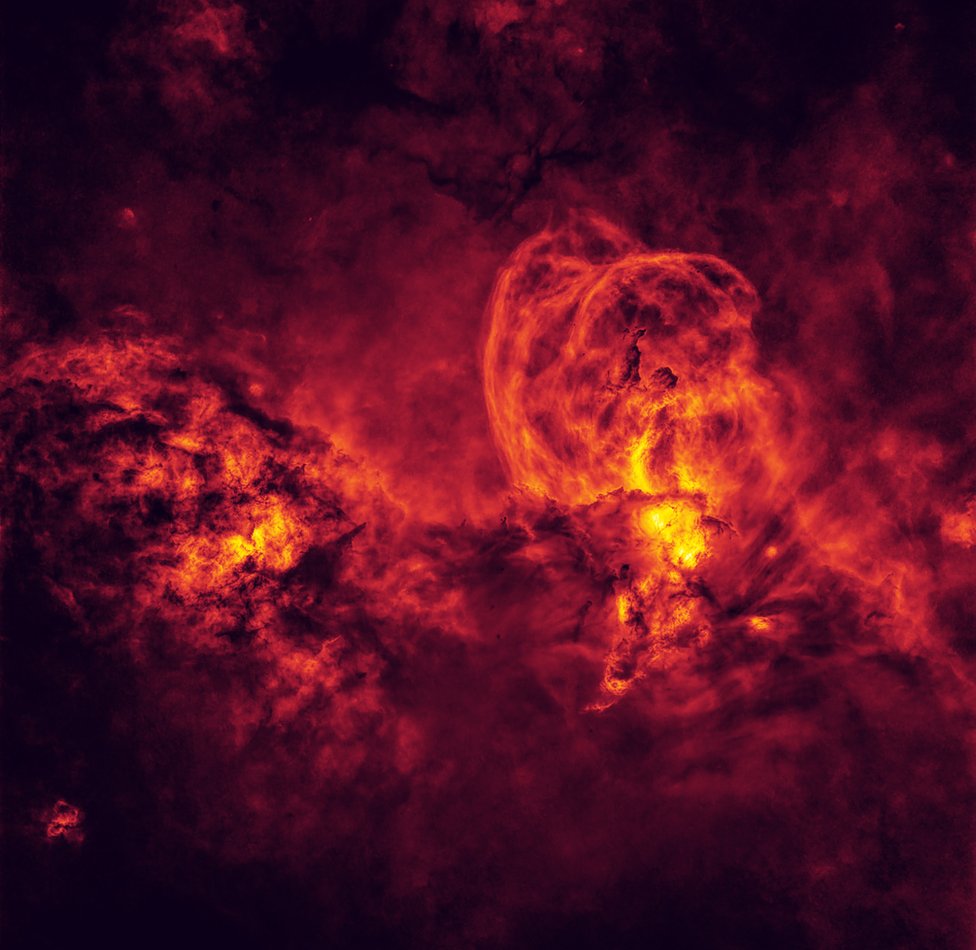
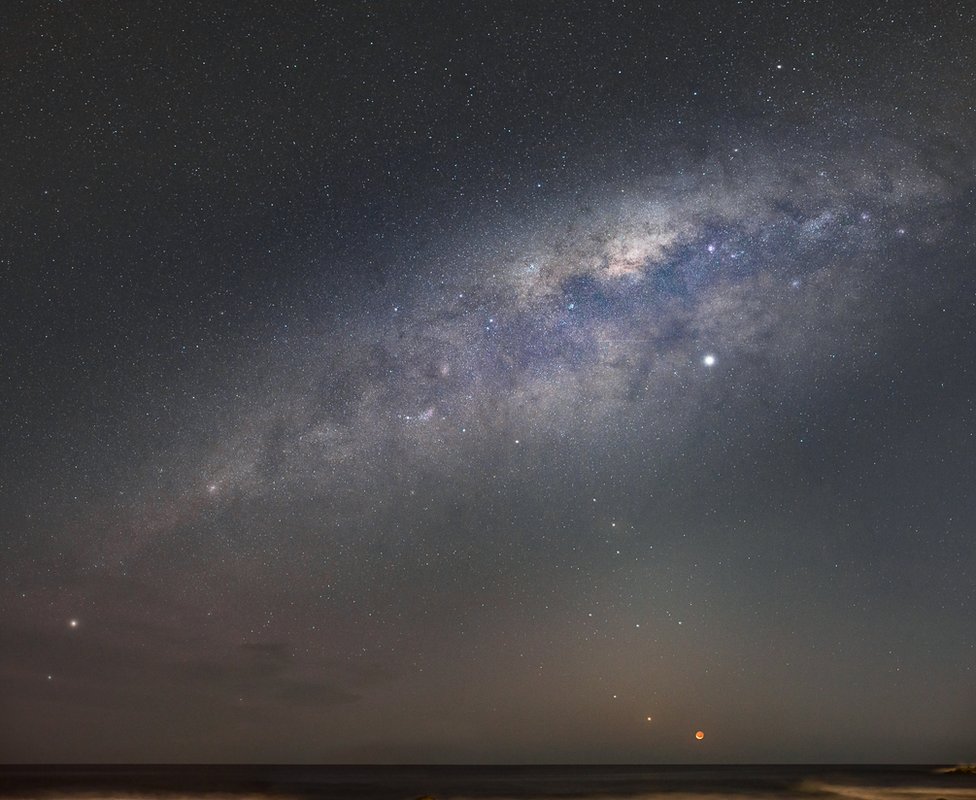
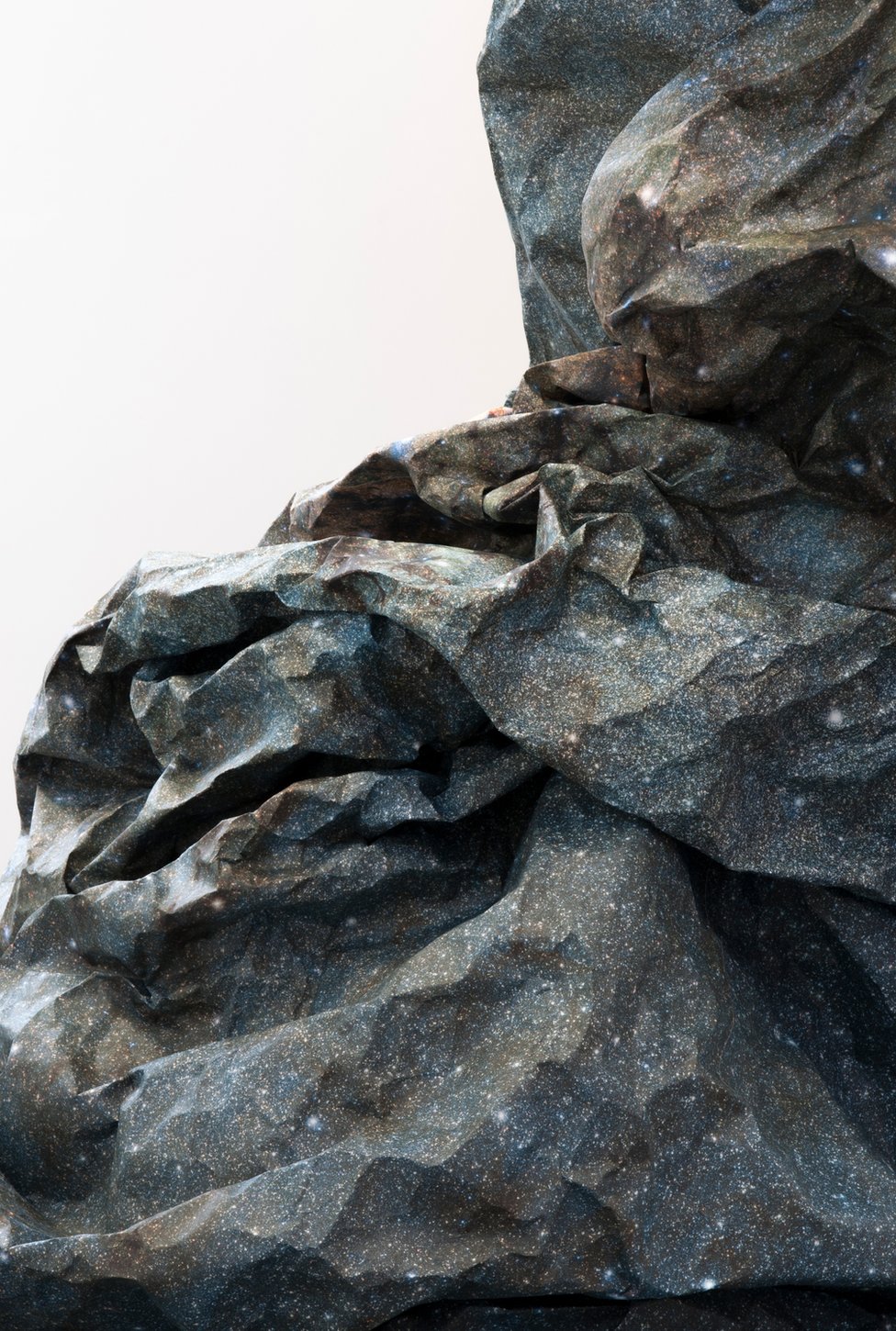


No comments:
Post a Comment